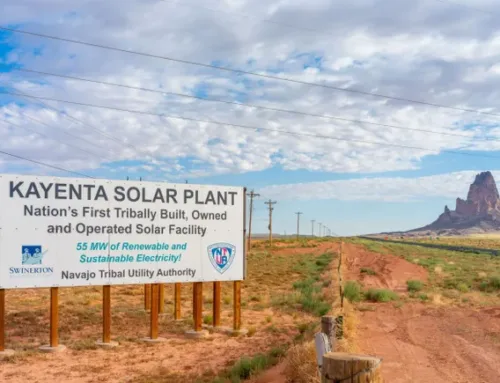A win for the environment
May 19, 2025
Environment clearances are guardrails that ensure developmental projects do not injure ecosystems, wildlife and natural resources and harm people’s health. One of the defining elements of the Environmental Impact Assessment (EIA) Rules of 2006, these screenings were meant to enable policymakers to strike the right balance between the imperatives of development and sustainability. The precautionary principle behind this provision has, however, been substantially undermined in the past eight years. In 2017, the Ministry of Environment, Forest and Climate Change issued a notification that allowed developers to obtain an environmental clearance after beginning work on a project. The notification provided a one-time window to defaulters to comply with due procedure. However, in the process, it inaugurated a regime of post-facto clearances, which was consolidated in 2021 when the Centre issued an Office Memorandum (OM) to “identify” and “handle” violation cases. Now, the Supreme Court has called out the government for “going out of its way… to protect those who harm the environment”. On May 16, a two-judge-bench struck down the 2017 notification and the 2021 OM.
The verdict is not the first time that the SC has admonished the Centre for diluting the EIA. In Common Cause vs Union of India (2017), a two-judge-bench ruled that the government had committed “serious lapses” in allowing large-scale mining to be “carried on without forest and environmental clearances”. Such “violations of laws and policy need to be prevented,” it underlined. Three years later, in Alembic Pharmaceuticals vs Rohit Prajapati, the Court held that post-facto clearances go against the “fundamental principles of environmental jurisprudence”, and that they were an “anathema to the EIA notification”. Then, in January last year, the SC stayed the 2021 OM. However, as an analysis by this newspaper in February revealed, the regulatory laxity precipitated by the 2017 notification allowed more than 50 defaulting projects to go unpunished — coal, iron and bauxite mines, steel and iron factories, cement plants and limestone quarries were approved without proper scrutiny of their impacts on people’s health and ecology.
Advertisement
The weakening of the EIA goes against the SC’s environmental jurisprudence, where it has continuously expanded the scope of Article 21 to include the right to a healthy environment. In its latest verdict, too, the Court has drawn attention to urban India’s pollution crisis and reaffirmed the links between regulatory diligence and the Right to Life. The problem, however, is that governments tend to view sustainability and development as binaries — their ease-of-doing-business drives very often pay short shrift to the imperatives of environmental protection. The Court has rightly questioned the tendency to see industry and ecology as locked in a zero-sum game. Its words — “conservation of the environment and its improvement is an essential part of the concept of development” — must resonate among policymakers and inform regulatory processes.
Search
RECENT PRESS RELEASES
Related Post


